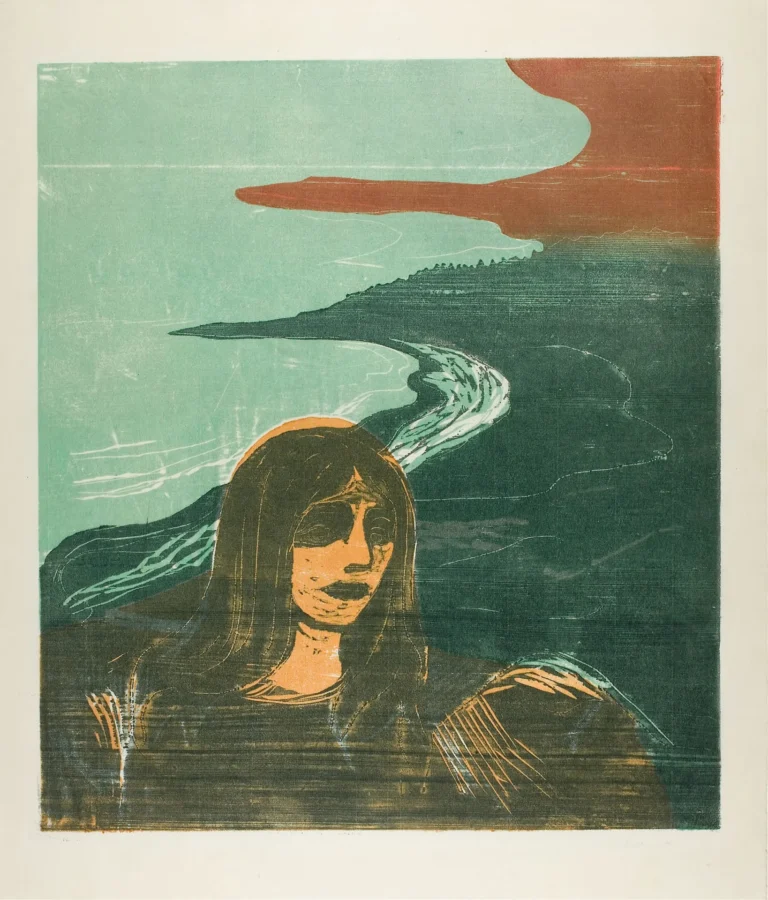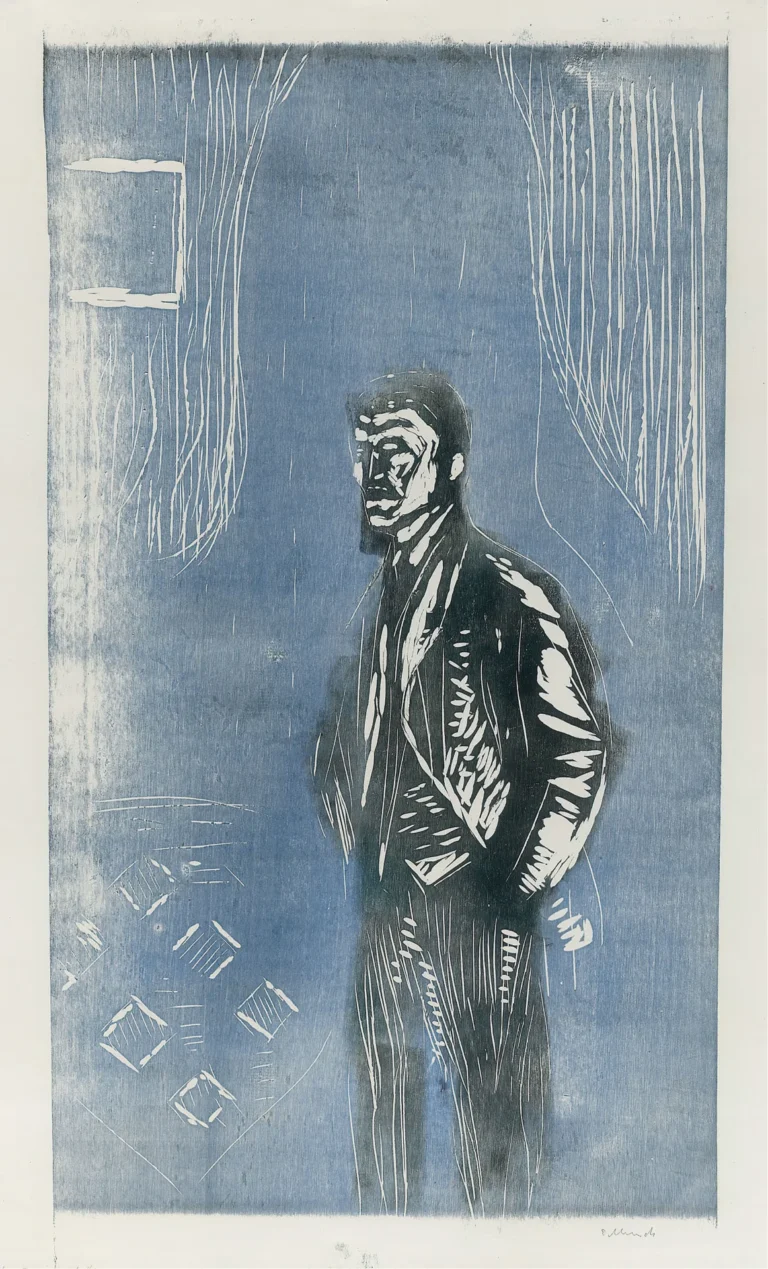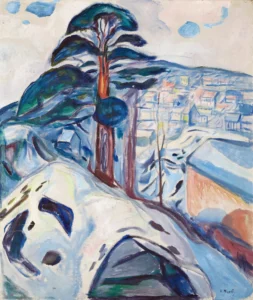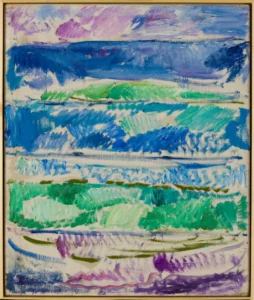Woman’s Head against the Shore (1899)
Edvard Munch's Woman’s Head against the Shore features a striking portrayal of a female figure whose head is positioned contemplating the sea. This artwork encapsulates Munch's signature exploration of psychological depth and emotional intensity. The flowing lines and muted colors evoke a sense of longing and connection to nature, typical of Munch's artistic narrative. Although details on this specific piece are sparse, its thematic elements resonate closely with the artist's other renowned works, contributing to a broader understanding of his oeuvre.
Early 20th Century
About the Artwork
Edvard Munch, well-known for his profound emotional expressions in art, painted Woman’s Head against the Shore during a period when he was deeply exploring themes of love, despair, and the human condition. While not as famed as 'The Scream' or 'The Dance of Life,' this piece exemplifies Munch's dedication to conveying complex emotional landscapes through the female figure. The work showcases a woman reflecting by the seashore, symbolizing contemplation and the emotional turmoil associated with existential thought and intimate relationships. Munch's use of color and form in this artwork draws viewers into the internal world of the subject, highlighting his pioneering role in the expressionist movement.
Did You Know
Edvard Munch had a complex relationship with the representation of women in his art, often reflecting his personal experiences and emotional struggles. In many pieces, including Woman’s Head against the Shore. the female figure is not only a subject but a lens through which Munch explores deeper existential themes.
Munch frequently intertwined his subjects with elements of nature, and Woman’s Head against the Shore epitomizes this connection. The sea serves as a backdrop that enhances the emotional depth of the painting, symbolizing the vastness of human emotion and introspection.
This artwork is emblematic of Munch’s contribution to the Expressionist movement, which sought to convey emotional experience rather than physical reality. His unique brushwork and use of color laid the foundation for many modern art movements that followed.










